
It would not be a proper New Year if we didn’t make any resolutions for ourselves—even if we knew they would remain good intentions for the most part. The important thing about resolutions is in acknowledging the parts of our life that need improving. In my life book of resolutions, just being aware of my problems has always helped me become a better person if only because it humbles me and makes me accept my own mortality. It also raises my consciousness about needing to take action to actually grow (as opposed to just wanting to grow). Finally, it helps exercise my resolve and enables me to develop a more active conscience.
Does it mean I have always hit the ball out of the park in making my resolutions happen? I wish! But failure has never stopped me from writing them up each and every year. So here we go…again.
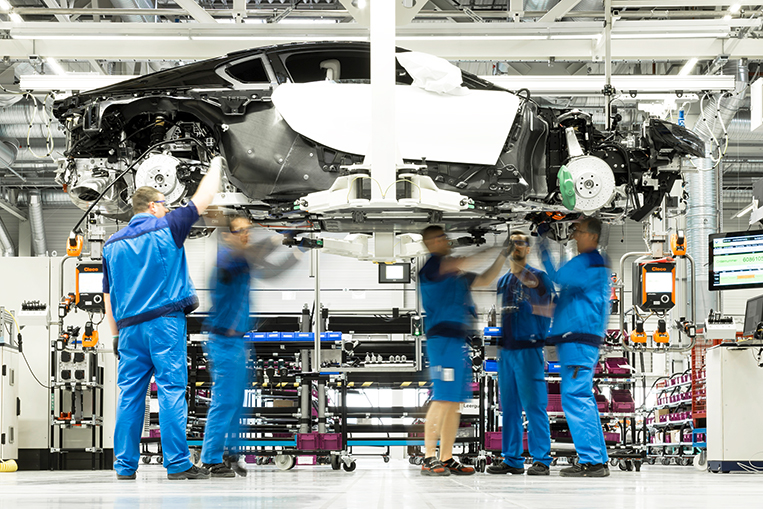
Resolution #1: I will lose weight. This is an eternal resolution. Every year that I go for my annual medical checkup, foremost in my doctor’s good counsel is that I could do with fewer pounds as far as my body weight is concerned. It doesn’t matter if I actually shed 5lb over the past year. Talk about appreciation. I guess I still have a ways to go to meet the ideal weight-to-height-to-age ratio.
In the auto industry, I wish, too, that automakers would do a better job of shedding weight with the cars they build. For example, a 2000-model-year Corolla LE in the US had a curb weight of 1,118kg with 125hp and an EPA mileage estimate of 27/34mpg (city/highway). Let’s fast-forward to the present. A Corolla LE now weighs 1,298kg with 132hp and an EPA mileage rating of 28/36mpg. That’s the tale of the tape—180 kg or 16% heavier. It’s no wonder that the power and mileage ratings did not show any significant improvements.
Granted, the car is bigger and it probably has more bells, whistles and safety equipment. But I think weight loss is a critical factor in making our cars more fit for and relevant to the times. In life, we binge when we feel all is well, but we are quick to tighten the belt when the going gets tough. The same is true, I suppose, with building cars. When oil prices rise, there is a rush to lighter, smaller, more fuel-efficient cars. But the moment the oil price per barrel drops, we “binge” on heavier, bigger and more powerful vehicles.
Recent moves by government to regulate fuel efficiency and carbon-dioxide emissions are now the more compelling arguments for carmakers to “lose weight” with their vehicles. BMW is investing significantly in carbon fiber. Lotus has created a whole lightweight structures division. And Jaguar is all about aluminum. The end game is, obviously, to reduce dependence on fossil fuels, decrease oil bills, slow down global warming and realize clean air. The US Environmental Protection Agency says that fuel economy is increased 1-2% with every 100lb reduction in weight. Also, studies show that a reduction of 50kg in vehicle weight can decrease carbon-dioxide emissions by up to 5g per kilometer.
Imagine, the 400lb increase in the weight of the Corolla could have translated to a 4-8% increase in fuel economy and a 20g drop in carbon-dioxide emissions per kilometer if it had kept its “diet” and maintained its weight. Suddenly, my weight management program does not seem so bad.
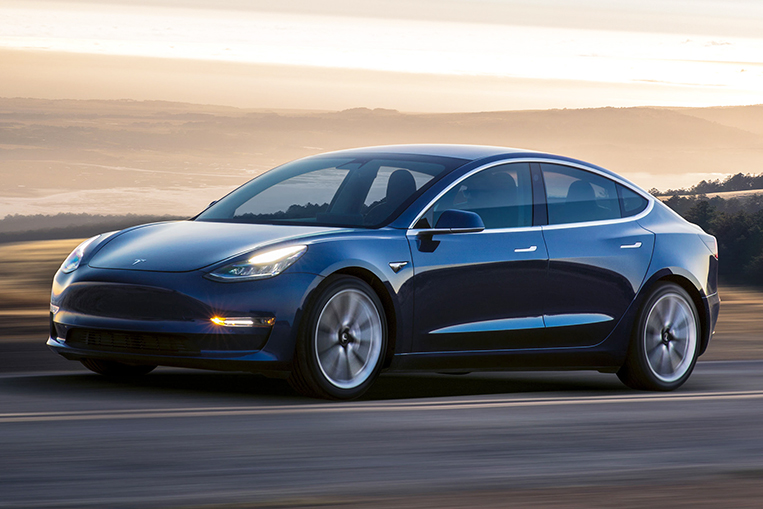
Resolution #2: I will keep my deadlines. As the proverb goes: Don’t put off for tomorrow what you can do today. Even my editor here at VISOR has to chase me for my stories. Because a deadline is a deadline is a deadline. “Do it or die” is probably the context from which the word is derived. And I agree. A deadline should be sacred. It is a covenant and its fulfillment is a measure of our integrity. At work, I hold my team to their deadlines and so I should have no excuse to miss mine.
In the automotive world, I wish that Tesla would become more mindful of its self-declared car-to-market launch deadlines. I have said it before and I will say it again: Tesla has figured out how to make electric cars sexy. Its EV concept is the whole package: looks, brawn and brain. The thing is, Tesla can’t seem to produce enough of its luscious automobiles to meet the demand from its throngs of suitors, much less build them on time. A cycle of “yes,” “maybe” and “no” seems to haunt the company’s every new-model launch.
Notwithstanding the chronic delays in production starts and ramp-ups in volume, the company has a strong following of devotees who are willing—time after time—to forgive the slips in delivery commitments. For example, when Tesla unveiled its Model 3 in May 2016, it took only a week to rack up global reservations of 325,000 units. Each customer had to put down $1,000 to hold his place in the line. That’s a cash stream of $325,000,000 in just seven days. I know many carmakers that could not even dream of that kind of market reception.
The original target was to produce 5,000 Model 3 units per week by the end of 2017. But the company was only able to deliver 2,425 units in the fourth quarter. In November, Elon Musk pushed back the ramp-up in volume to March 2018, but has now delayed it three more months to June.
It seems creditors and investors are willing to turn a blind eye to Tesla’s misses in its profit targets, too. As a first-mover, Tesla created a new long-range premium EV segment. Four years since and with a practically 100% straddle of the segment, however, the company has not made a profit. Still, Tesla raised over $1 billion from shareholders in March to fund the production of the Model 3. Talk about a “blind trust.”
Also, Tesla reported a first-quarter loss of $300 million in 2017, a wider loss by 17% versus the same period in 2016 despite a doubling of sales to $2.7 billion. Yet its stock price keeps climbing, at one point eclipsing the total capitalization of blue-chip car companies like Ford and General Motors. Its share price increased from $227 at the start of 2017 to $278 in March, peaking at $385 in September.
Indeed, the Tesla dream is golden. But I hope the company resolves to deliver better on its promises. My own record of meeting deadlines is not exactly stellar, but I guess I can cut myself some slack after all.
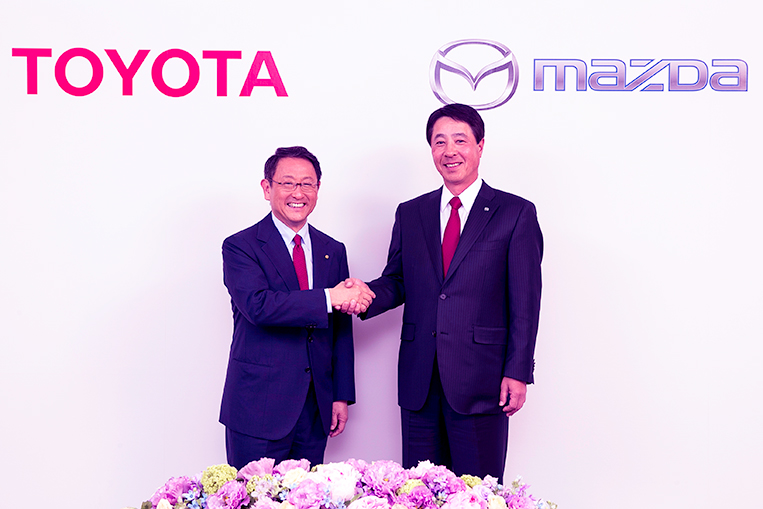
Resolution #3: I will make more friends. As senior citizenship approaches, one’s ability to expand his or her network of friends shrinks. Literally, family, colleagues and peers increasingly move forward to their second life. And, with the advent of social media, our social circle is increasingly defined by how many Twitter followers or Facebook friends we have.
I, for one, prefer to keep a growing circle of real-world friends. As a basically analog guy, my definition of “face time” is actually meeting up, doing things together and building experiences that enrich life (mine or theirs). Ever mindful that I may soon lose friends faster than I can make them, I would like to work on meeting new people and building relationships.
In the world of vehicle manufacturing, I really hope that collaboration and alliances among automakers will continue to grow. The technologies that will truly make a difference to the future of mobility will need enormous piles of spending for research and development. It is no longer about tweaking engines and drivetrains that have been around since the Model T. It will be about seismic changes that will impact our very fundamental notions of how we move through life—physically and figuratively. Among others, these changes include electrification, artificial intelligence, connectivity, sharing technology, autonomous driving and more.
These new realities in mobility are all interrelated, so it can’t take the same step-change progression that has characterized automotive development so far. I am almost tempted to believe this is an all-or-nothing proposition. Surely, that will cost a lot in terms of money, human capital, know-how and time.
Irreversible (and growing) economic, social and political disruptions require that we accelerate the revolution in mobility. In my mind, the answer is in alliances.
Toyota, for one, has been stepping up its efforts in this direction. Once upon a time, Toyota was a laggard in this field. It always had to be “made by Toyota” if it was to see the light of production. Outsourcing and collaborative development were not part of the Toyota lexicon. But of late, Toyota has been more daring and more open. The 86 sports coupe is an example of co-development with Subaru. The much-awaited FT-1, the supposed reincarnation of the Supra, is a collaborative project with BMW. The Wigo and the Avanza were developed with Daihatsu. In terms of drivetrains and new technologies, Toyota has struck up alliances with Mazda and Suzuki. Electric battery development has also been announced in partnership with Panasonic.
The ground is shifting. Chinese automakers are joining forces with the likes of Volvo, Lotus, Proton and others. The Renault-Nissan venture has now expanded to include Mitsubishi. Nissan will build pickups for Mercedes-Benz. Google is exploring co-development with a range of automakers. In the end, the notion of “going it alone” will vanish. It won’t be about who pioneered this or developed that. It will be about whom you developed it with.
There you have it—my top three resolutions for 2018. I’m hopeful it will be a good year.


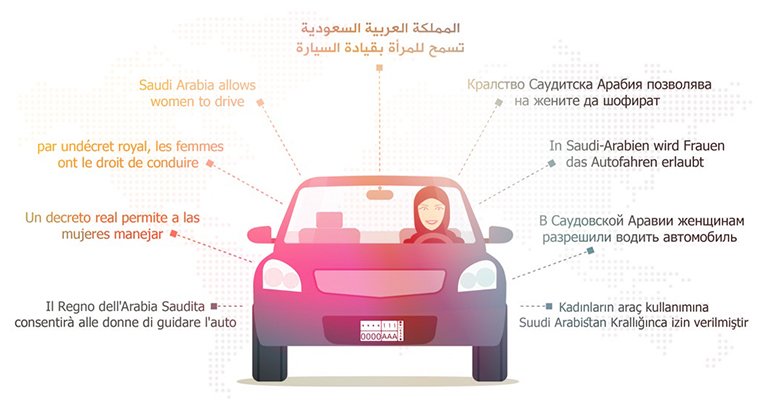
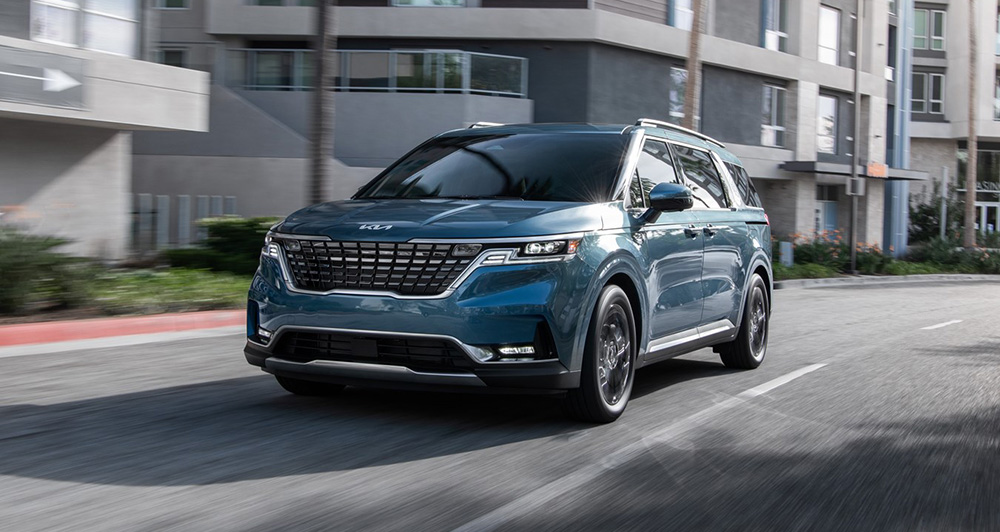
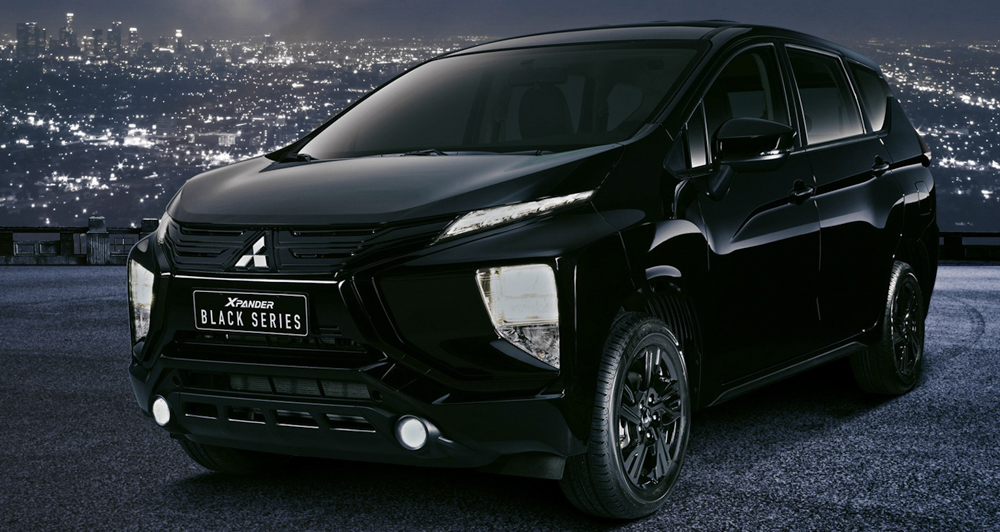






Comments